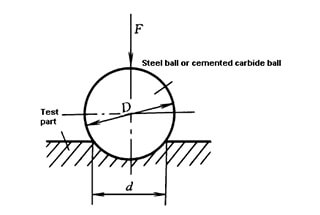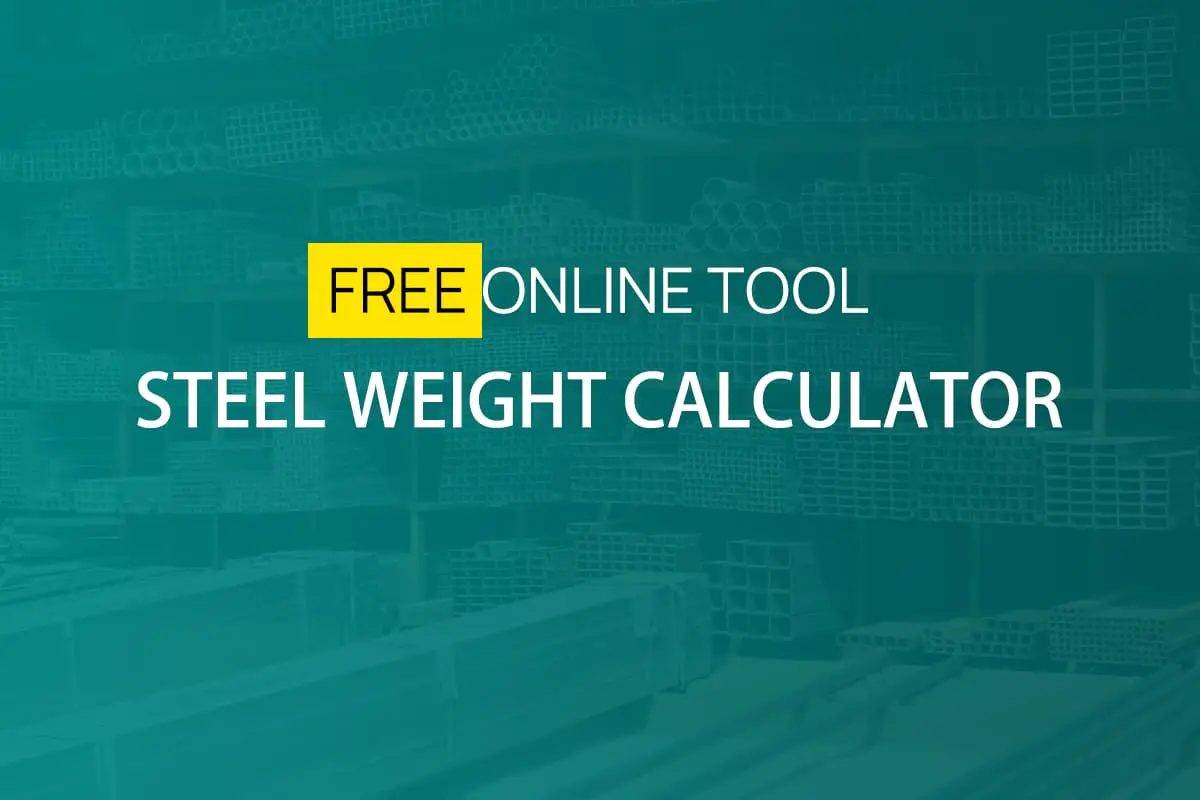
I. Theoretical Overview Chemical plating, also known as “autocatalytic plating,” is a process that doesn’t rely on an external electric current. Instead, it uses the reducing agents in the plating solution to carry out an oxidation-reduction reaction. This process, in turn, results in the continuous deposition of metal ions on the metal surface, facilitated by […]


Chemical plating, also known as “autocatalytic plating,” is a process that doesn’t rely on an external electric current.
Instead, it uses the reducing agents in the plating solution to carry out an oxidation-reduction reaction.
This process, in turn, results in the continuous deposition of metal ions on the metal surface, facilitated by the surface’s catalytic effect.
Since chemical plating only occurs on materials with autocatalytic properties, methods that derive metal coatings from displacement reactions or other chemical reactions, not autocatalytic reduction reactions, are not defined as chemical plating.
Chemical plating is a technique that, based on the principle of oxidation-reduction reactions, utilizes strong reducing agents in a solution containing metal ions to reduce the ions to metal and deposit them on various material surfaces, forming a dense plating layer.
Common solutions used in chemical plating include silver, nickel, copper, cobalt, nickel phosphorus, and nickel boron phosphorus.
Chemical nickel plating involves using a reducing agent to reduce the nickel ions in the solution and deposit them on a catalytically active surface.
Various reducing agents may be used in chemical nickel plating, but the most commonly used industrial process employs sodium hypophosphite as the reducing agent.
The reaction mechanisms widely accepted are the “atomic hydrogen theory” and the “hydride theory.”
Chemical plating is a novel metal surface treatment technology. Its simplicity, energy efficiency, and environmental friendliness have increasingly drawn attention. The application of chemical plating is extensive, providing uniform gold layers with good decorative attributes.
It enhances the corrosion resistance and service life of products in terms of protective performance and elevates the wear resistance, electrical conductivity, lubrication, and other specialized functionalities of processed parts, making it a growing trend in global surface treatment technologies.
Chemical plating technology facilitates metal deposition through controllable oxidation-reduction reactions under the catalyst effect of metal.
Compared to electroplating, chemical plating offers advantages such as uniform coating, minimal pinholes, no need for a direct current power supply, the ability to deposit on non-conductors, and certain special properties.
Moreover, due to reduced waste discharge, lower environmental pollution, and cost-effectiveness, chemical plating is gradually replacing electroplating in many areas, becoming an eco-friendly surface treatment technique.
Currently, it is widely employed in various industries, including electronics, valve manufacturing, machinery, petrochemicals, automotive, and aerospace.
The application of chemical nickel plating technology in the microelectronics manufacturing industry is growing rapidly.
Reports suggest that Xerox Corporation has adopted selective nickel-phosphorus alloy chemical plating technology in the planarization process of filling interconnections and via-holes in ultra-large-scale integrated circuit multilayer chips. Their products have passed tests for shear strength, tensile strength, high and low-temperature cycling, and various electrical performances.
These practices indicate that the application of chemical nickel plating technology improves the technical and economic aspects of microelectronics manufacturing and enhances product reliability.
| Composition of Plating Solution and Process Conditions | Content |
| Nickel Sulfate (NiSO4·7H2O) /g· L-1 | 26 |
| Sodium Hypophosphite (NaH2PO2·H2O) /g· L-1 | 28 |
| Sodium Acetate (CH3COONa) /g· L-1 | 10 |
| Propionic Acid (CH3CH2COOH) /g· L-1 | 2 |
| Lactic Acid (C3H6O3) /g· L-1 | 33 |
| Sulfa /mg.L-1 | 4 |
| pH Value | 4.5 |
| Temperature /℃ | 85 |
| Deposition Rate /μm·h-1 |
The stability of the chemical nickel plating solution is measured through a boiling method. Two hundred milliliters of the solution are boiled on an electric stove. After boiling for a certain period, the solution is evaluated for decomposition.
If no decomposition occurs after boiling for 30 minutes, it indicates good solution stability.
Otherwise, the solution stability is poor. The initial plating temperature of the solution is 60℃. The plated surface has a level three brightness (semi-bright). The adhesion of the plating is good, with a corrosion resistance of 30~180s and a porosity of 16cm².
After treatment with the chemical precipitation method, the filtered water is colorless. Gradually increase the plating solution temperature from a lower point.
When heated to a certain temperature, a prepared iron sample is immersed in the plating solution. If a reaction occurs (bubbles overflow), it indicates that the chemical plating reaction has begun at that temperature, which is the initial plating temperature.
In this project, the heating temperature is divided into five levels: 50℃, 60℃, 70℃, 80℃, and 90℃.
Steel and copper pieces are polished with sandpaper to remove surface oxides and other impurities.
Sample Preparation – Mechanical Polishing – Organic Solvent Degreasing – Chemical Degreasing – Hot Water Wash – Cold Water Wash – Activation – Cold Water Wash – Deionized Water Wash – Chemical Nickel Plating – Water Wash – Air Drying

Plating Performance:
The visual inspection of the electroplated layer on metal parts is the most basic and commonly used method. Plated parts that fail the visual inspection do not need to undergo further testing. Inspections are carried out visually, and based on appearance, plated parts can be classified as acceptable, defective, or waste.
Surface defects include pinholes, mottling, pimples, blisters, peeling, shedding, shadows, spots, burning, dark areas, dendritic and spongy deposits, and areas that should be coated but are not.
Surface Defect Testing of the Plating
Types and Features of Defects: The plating surface should not have defects such as pinholes, mottling, peeling, burrs, blisters, spots, pimples, shadows, foggy areas, burning, dendritic, and spongy coatings. During testing, these should be strictly differentiated. Below is a brief introduction to their features for visual assessment.
Porosity Testing of the Plating
Corrosion Resistance Testing of the Plating
Collect waste liquid → Heat → Add 15% sodium hydroxide until the pH of the waste liquid is between 10 and 12 → Stir and maintain temperature for 1 hour → Add precipitant → Filter → Cool to 50 degrees Celsius, then use dilute sulfuric acid to adjust the solution pH to 8.0 → Add Ca(ClO)2 powder (ratio of Ca(ClO)2 to total P is 3.5:1.0) → Stir for 2 hours → Add appropriate amount of precipitant → Precipitate and filter.
Chemical precipitation is a common method for treating heavy metal wastewater. When the pH of the aging liquid is adjusted to greater than 8 using caustic soda, lime, or soda ash, Ni(OH)2 can be formed. After settling, the residue can be separated, achieving the purpose of removing nickel from the aging liquid.
In addition, iron sulfide, insoluble yellow starch xanthate (ISX) and others can also be used as precipitants for nickel wastewater treatment. The above research is usually for treating nickel wastewater with a nickel concentration less than 500/mg L-1.
The phosphorus in the aging liquid of electroless nickel plating can be treated by the chemical oxidation precipitation method, that is, oxidants such as potassium permanganate and hydrogen peroxide are used to destroy the chromium complex in the plating solution and oxidize hypophosphite and others into phosphate.
Then, the phosphate salt is precipitated with a precipitant to reduce the total phosphorus discharge in the wastewater. The treatment of nickel and phosphorus wastewater by chemical precipitation will produce a large amount of residue.
If not handled properly, it will cause secondary pollution. Currently, there is no better method for treating the residue other than burying it.
1. Brightness of the coating
Compared to light yellow electroplated nickel, most electroless nickel platings are silvery white, with excellent discoloration resistance, and the brightness can be maintained for a longer time.
For nickel-phosphorus electroless plating, the brightness of the coating increases with the increase of phosphorus content.
After adding a certain amount of brightener to the electroless plating solution, the reflectivity of the coating can reach more than 80%. Recent studies show that the brightness of electroless nickel-copper-phosphorus alloy is good and it has stronger discoloration resistance.
2. Hardness of the Coating
The hardness of electroplated hard chrome is 960HV. Its hardness drops sharply when heated. The hardness of a chemically plated nickel layer, after being heat treated at 400°C for 1 hour, can reach 1100HV.
Furthermore, there is little change in the hardness of the coating from room temperature to 400°C.
Therefore, chemically plated nickel is a heat-resistant coating, suitable for use in conditions where friction generates heat, while electroplated hard chrome can only be used at room temperature.
3. Wear Resistance
For medium-high phosphorus coatings, after appropriate heat treatment, nickel-phosphorus alloy coatings have good self-lubricating properties. Low-phosphorus coatings have higher hardness.
However, wear resistance tests show that the wear resistance of high-phosphorus coatings is higher than that of low-phosphorus alloy coatings.
In order to improve the wear resistance of nickel-phosphorus coatings, highly hard tungsten (W) is added to the nickel-phosphorus coating to form a ternary alloy coating, which significantly improves its wear resistance.
4. Corrosion Resistance
Chemically plated nickel is a uniform amorphous structure. It does not have defects such as grain boundaries, dislocations, and stacking faults. Each substrate is densely bonded, making it difficult for corrosive media to pass through the bonding interface to corrode the substrate metal, resulting in better corrosion resistance than chrome plating.
In addition, chemically plated nickel is almost unaffected by corrosion from seawater, saltwater, and freshwater. Its corrosion resistance in HCL and sulfuric acid is better than stainless steel, and it can withstand corrosion from various media, such as high-concentration caustic soda, hydrogen sulfide, lactic acid, and more.
5. Weldability
The main application of chemically plated nickel in the electronics industry is on discrete devices. This not only requires the coating to have good wear resistance, corrosion resistance, and electrical contact performance, but also good weldability.
For instance, the weldability of aluminum heat sinks in generators is poor. However, by plating a 7-8 μm layer of chemically plated nickel on the surface of the aluminum substrate, its weldability can be improved, solving the connection problem between the aluminum heat sink and the transistor.
Additionally, chemically plated nickel can be used on high-energy microwave devices, connectors, and submarine communication components. Generally, the solderability of chemically plated nickel is measured by the expanded area method. A φ1.5mm solder wire is placed on the surface of the coating.
After heating at 400°C in a hydrogen-nitrogen mixed gas for 30 minutes, the expanded area is measured to determine the relationship between solderability and phosphorus content in the coating. The larger the diffusion area, the better the solderability of the coating.
One two-hole constant temperature water bath, four 100 mL beakers, three 200 mL beakers, one 500 mL beaker, one each of 10 mL and 50 mL graduated cylinders, one 0.001g (or 0.0001g) electronic balance, one 0.2 gram balance, one micrometer, one pH meter, one 1000-watt electric furnace, two thermometers, one wash bottle, one set of tweezers, filter paper, iron rings for stand and retort stand, glass funnel, glass rod, medicine spoon, semi-automatic burette, pipette, ear bulb, test tube brush, acid-resistant gloves, one saw blade, half a sheet each of sandpaper (No. 100~800), four No.1 dry batteries.
Chemicals: Ammonium purpurate, sodium chloride, sodium hydroxide, EDTA, sodium carbonate, sodium phosphate, OP-10, hydrochloric acid, sulfuric acid, nitric acid, nickel sulfate, monosodium phosphate, propionic acid, sodium acetate, lactic acid, sodium dodecylbenzenesulfonate, thiourea, potassium ferricyanide, calcium hydroxide, hydrogen peroxide, sodium tungstate, coagulants such as polyaluminum chloride, several samples of steel and copper.
The basic principles and process of electroless nickel plating were summarized. The stability of the electroless nickel plating solution and the initial plating temperature were tested.
Electroless nickel plating tests were performed on the surfaces of steel and copper samples; the appearance, porosity, corrosion resistance, thickness, adhesion, brittleness, hardness, and other properties of the electroless nickel plating layer were tested.
The electroless nickel plating waste solution was treated using the chemical precipitation method. The experiment process and results indicate that the electroless nickel plating solution used in this experiment has excellent stability and will not decompose even in a boiling state for 30 minutes.








